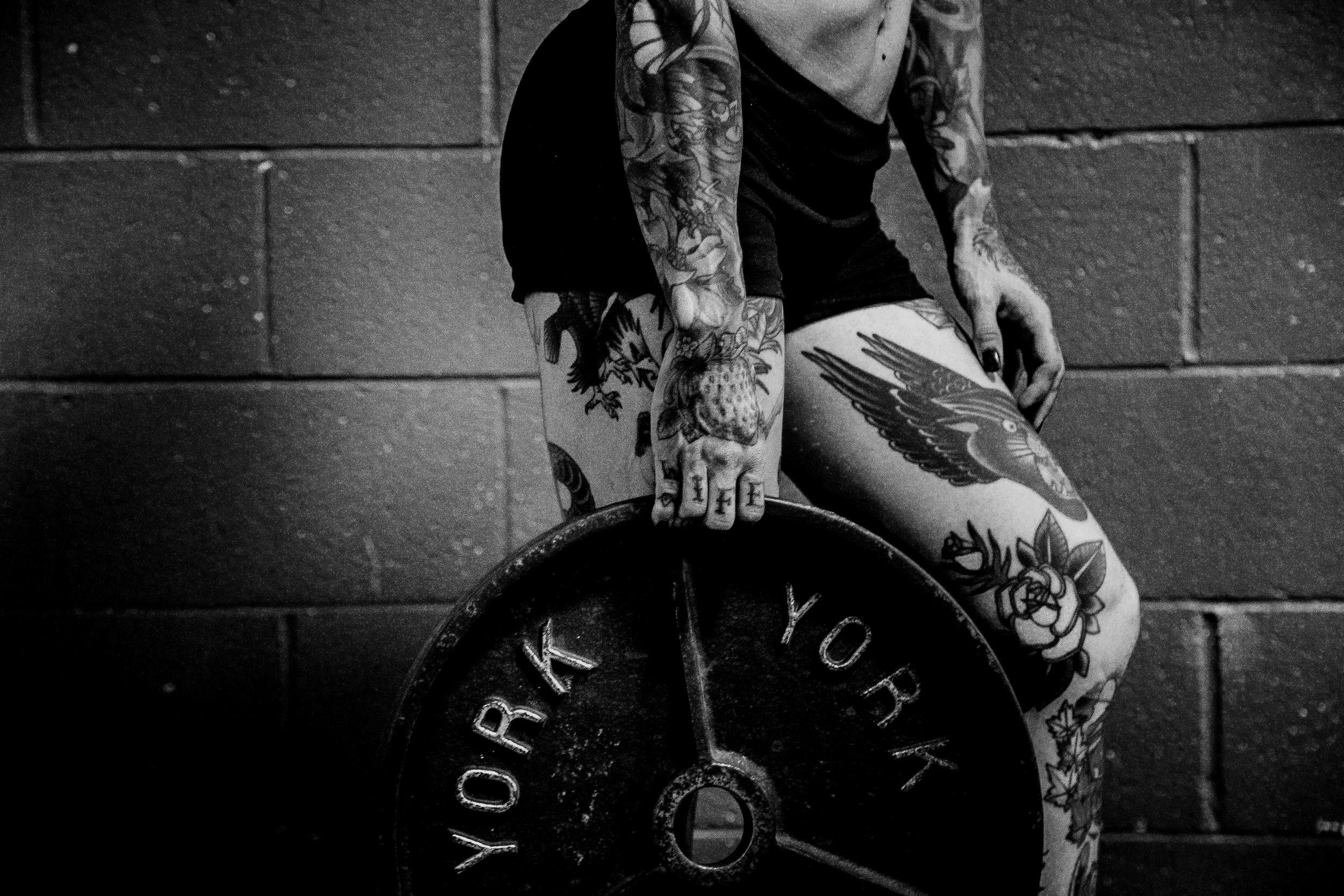Grip Strength Workouts that Actually Transfer
What Makes Grip Work “BJJ-Specific”?
Involves isometric holds (not just reps)
Includes dynamic grip switches (open-close, grab-release)
Trains wrist + finger integrity under fatigue
Builds tendon durability for long-term grip health
Integrates with pulling & rotation patterns
Pro Tip:
Grip fatigue often comes from bad posture and poor pulling patterns.
Train your scapula, rotator cuff, and mid-back strength to support better grip endurance and reduce forearm overload.
If you want to dominate the grip fight, your training needs to match the demands of grappling — not bodybuilding.
Train it smart. Make it specific. Feel the carryover.
Grappling-specific grip strength isn’t about looking jacked — it’s about controlling the fight. Whether you play GI or NO-GI, the ability to clamp, hold, and re-grip with confidence makes a massive difference.
But not all grip training is created equal.
If it doesn’t mimic the positions, durations, and tension patterns of grappling — it probably isn’t helping much.
Grip Builders That Actually Transfer to BJJ:
1. Towel/gi pull-ups or hangs
Wrap a towel or gi over a pull-up bar
Hang for max time or do reps
Mimics lapel and sleeve control
2. Dead hangs with tempo switches
Use fat grips or a gi
Switch between full hang and half-way pull
Builds grip endurance and upper back control
3. Gi rows or curls over a bar or sled
Attach a gi to a sled or band
Perform controlled rows or curls
Reinforces connection between pulling and grip
4. Grip switch drills
Hold plates or kettlebells with towel handles
Pass between hands or perform swings
Trains explosive grip-reset ability
5. Rice bucket or finger extension work
Combat overuse by training the opening side
Use rice digs or elastic finger bands
Prevents joint fatigue and grip imbalance

